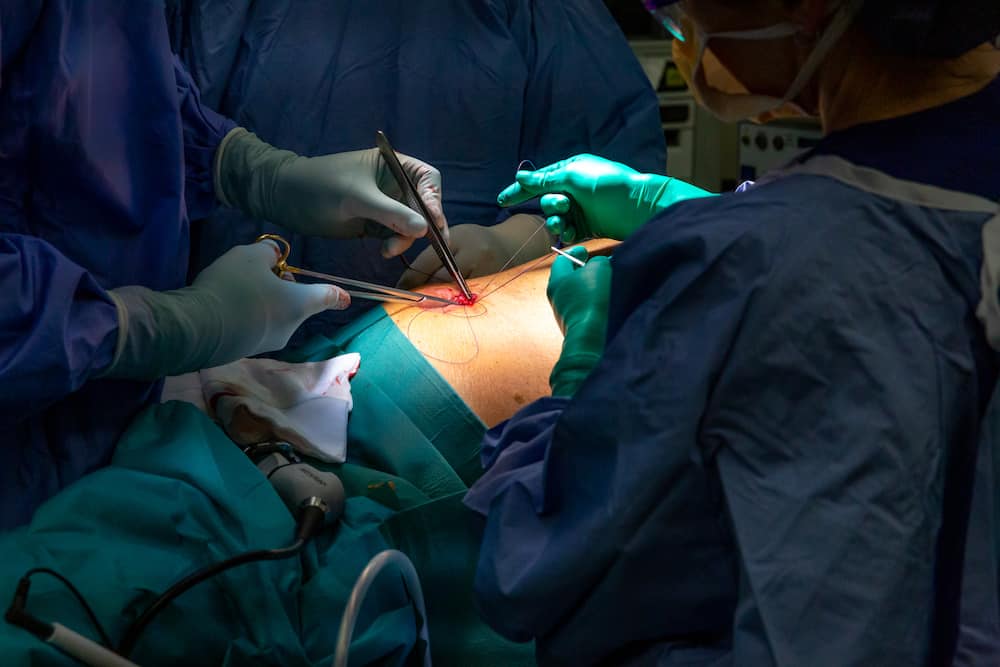What is an epigastric hernia?
Epigastric hernias vary in size, though are typically small, so you may only notice it when lying down or standing up. Epigastric hernias can be present from birth and it is possible to have more than one at a time, with many people unaware that they have a hernia.

Epigastric Hernia Symptoms
Symptoms of an epigastric hernia can include:
- A distinctive bump on the abdomen, often more noticeable when lying down
- Pain or tenderness at the area of the abdominal bump
As many people are unaware they have an epigastric hernia, it may only become noticeable during certain actions such as straining, bowel movements or coughing. These symptoms can also come and go.
Epigastric Hernia Surgery
Epigastric hernias do not always require surgery. However they will not get better on their own, and the only treatment is hernia repair surgery.
Epigastric hernia surgery can be performed as open surgery (open epigastric hernia repair) or laparoscopic hernia surgery (minimally invasive).

Title
Laparoscopic Epigastric Hernia Surgery
Open Epigastric Hernia Surgery
Open epigastric hernia surgery involves A/Prof Pilgrim making an incision at the bulge site to return the bulge back to the abdominal cavity and close the opening with stitches. Sometimes the weakness in the abdominal wall can be closed using just stitches, but larger areas are often enforced with a mesh. Mesh hernia repairs have been able to demonstrate greater results, often allowing patients to return to usual activity sooner, shorter hospital stays, and lower the likelihood of the hernia recurring.
